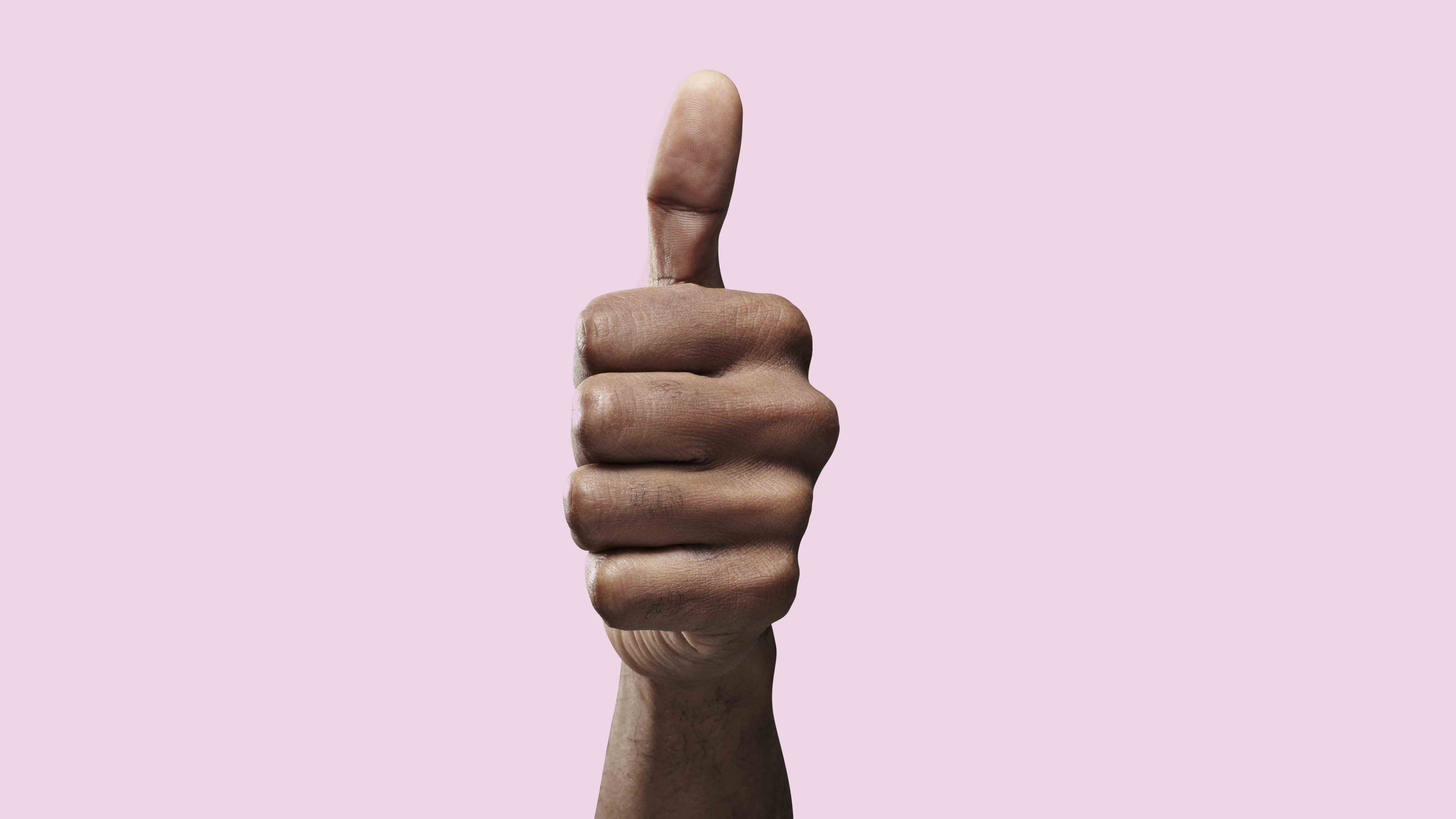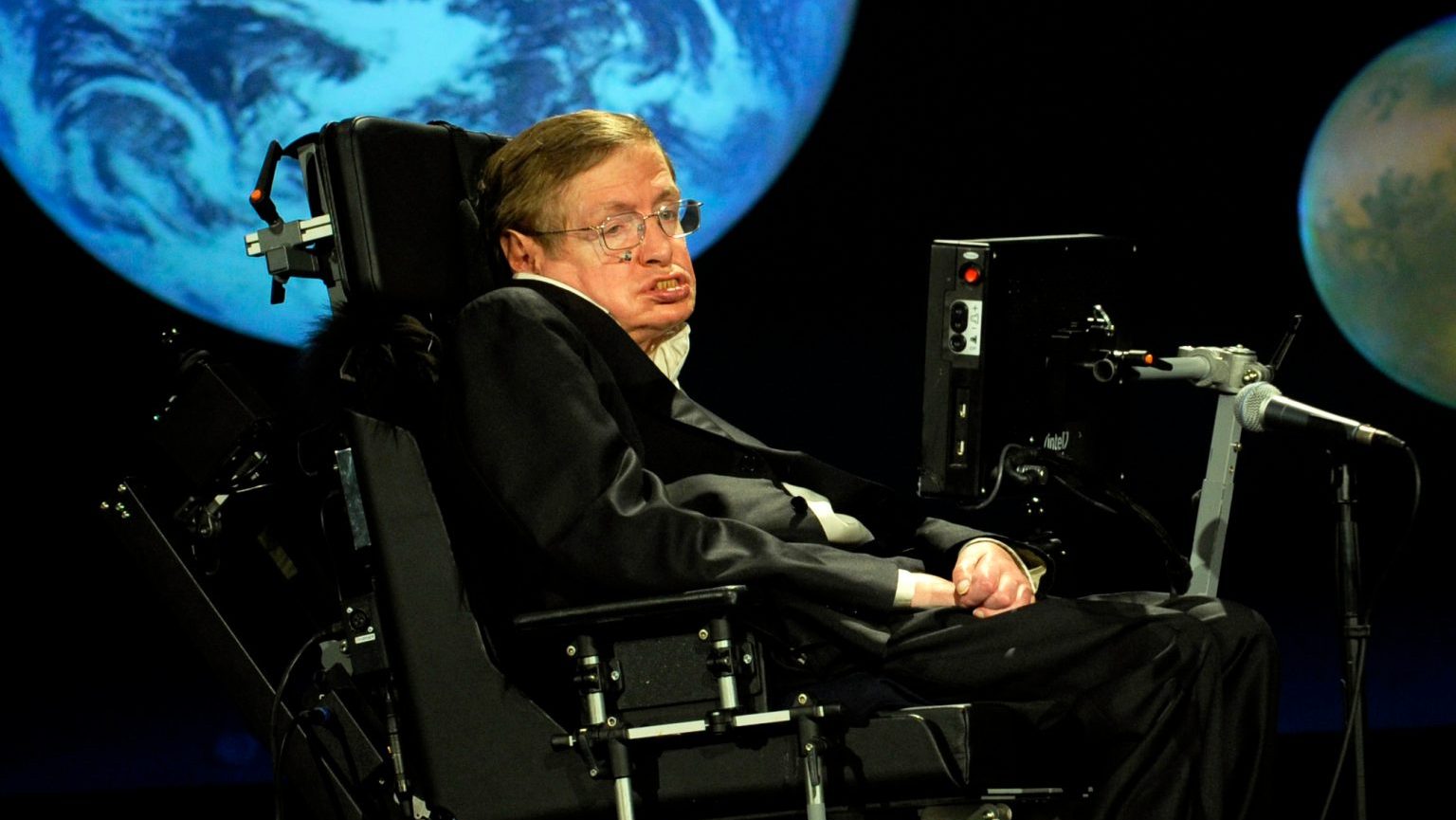Think you’re not an optimist? Neuroscience begs to differ. Dr. Tali Sharot explains that 80% of people globally present with the optimism bias—even if they describe themselves as pessimists or realists. In a nutshell, the optimism bias is the tendency to think that the future will be better than the past or present, and to underestimate negative experiences, and overestimate positive ones. This is neither a good nor bad thing, but rather it’s both: we evolved to be optimistic because our primordial ancestors needed to think that there was something better out there, beyond the cave, in order to survive, migrate, and evolve. Optimism is a powerful motivator and has proven health benefits, but it also has downsides. Here, Sharot explains that delicate balance, and how understanding the nature of our cognitive biases can help us better protect ourselves against failure.
This video was filmed at the Los Angeles Hope Festival, a collaboration between Big Think and Hope & Optimism, a three-year initiative which supported interdisciplinary academic research into significant questions that remain under-explored.
Tali Sharot’s newest book is available for pre-order: The Influential Mind: What the Brain Reveals about Our Power to Change Others.
Tali Sharot: I’m going to ask you to imagine your future. So imagine yourself five years from now, ten years from now, 15 years from now. Think about your family, think about your relationships, think about your career. Really try to get vivid images in your mind. So my first question is: who here comes up with positive images? Just put your hand up. Okay. Yes, that’s quite normal.
And now I’m going to ask you four specific questions. Number one: if you’re currently married what is the likelihood that you will get divorced? Ten percent, 50 percent, 90 percent. So don’t tell us, just keep it in your mind. Number two: how optimistic are you about your family? Slightly optimistic, very optimistic, not so optimistic. Number three: how optimistic are you about the other people and other families in this room? And number four: what are the chances that you will prosper financially and professionally? And now let’s see how other people answer these questions.
We’ll start with marriage. So in the Western world divorce rates are about 40 percent. That means that out of every five couples walking down the aisle, two will end up splitting their assets. But when you ask newlyweds about their own likelihood of divorce they estimate it at around zero percent. And even divorce lawyers, who should really know better, hugely underestimate their own likelihood of divorce. Now it turns out that optimists are not less likely to divorce but they are more likely to remarry. In the words of Samuel Johnson, “Remarriage is a triumph of hope over experience.” Now statistically if you’re married you’re more likely to have kids and we all think that our kids will be especially talented. These by the way are my own kids, Livia and Leo, and they’re a very bad example of the optimism bias because they are especially talented. And I’m not alone. Out of every four people, three said that they were optimistic about the future of their own families. That’s 75 percent. But only 30 percent said that they thought that the next generation will be doing better than the current one. And that’s a really important point because we’re optimistic about ourselves, we’re optimistic about our families, we’re optimistic about our kids. But we’re not so optimistic about the guy sitting next to us. And we’re somewhat pessimistic about the future of our country and the ability of our leaders. And we call this private optimism versus public despair.
One reason for this is control. We feel we have control over our own destiny. We feel we can steer the wheel in the right direction and so we’re optimistic about our own future. But we don’t feel we have control over where our country is going or where our leaders are taking us. And so we’re less optimistic about those issues. If you take small-business owners, for example, in the U.S. out of every three small-business owners only one small business will remain standing in five years. So that’s 33 percent. But when you ask small business owners about their own likelihood of remaining standing, 80 percent say that it will be them that will succeed. That means that half of them are going to be unpleasantly surprised when they fail. So these are all examples of what we call the optimism bias which is our tendency to imagine the future to be better than the past or present and, on average, to overestimate our likelihood of experiencing positive events in our lives and underestimate the likelihood of experiencing negative events. This does not mean that with every aspect of our life we’re optimistic. It doesn’t mean that everyone is optimistic. But on average we find this in about 80 percent of the population and we find it in females, we find it in males, we find it in different countries around the world, in Western countries, in non-Western countries. So it’s quite a global phenomenon.
Usually when people hear about this, the first question that they ask is: well, is this a good thing or is it a bad thing? And the answer is, "Yes". So on the positive side, if we’re optimistic, we have positive expectations of the future, that reduces stress and anxiety, which is good for our physical health and it’s also good for our mental health. What we find is that the 20 percent that don’t have the optimism bias, about half of them tend to have depression where people with mild depression actually do not have a bias. That doesn’t mean that they’re more accurate in predicting the future. It just means that sometimes they err on the side of optimism and sometimes they err on the side of pessimism so they don’t have a systematic bias. The other ten percent tend to not have an optimism bias but are not depressed. And the other advantage of optimism is that if we have positive expectation it enhances motivation. If I think my company is going to succeed then I try harder and it becomes a self-fulfilling prophecy. If I think, 'Well, it’s not going to work out. I’m not going to get that promotion,' then I don’t try and I’m more likely to fail. So those are the positive aspects. But there are also negative aspects because if we underestimate our risks we might not take precautionary action. We might not wear a helmet when we bike. We might not buy insurance when it’s a good idea. We might not go to medical screenings.
But I think that over evolution humans have evolved to be optimistic because on average the positive outweighs the negative. And if you think back to our ancestors, to get out of the cave and hunt they had to imagine that there’s something out there for them to find and their ability to come back. To leave Africa and explore the rest of the world. They had to imagine that there’s something that they would find and they had to imagine that that is something that may be better than what they already had.
And people are not always aware of how their brain works or the fact that they have an optimism bias. A lot of times people will come into my lab and say, "No, no. I’m a realist. I’m a pessimist." This is especially true in the UK. But then when you test their expectations and look at the outcome you find the optimism bias. But becoming aware of this can really help us, for example, to be more effective in communicating, because we understand how other people’s brains work. To restore our motivation when needed by, for example, creating anticipatory events. And by protecting ourselves from the negative consequences of over-optimism.
To protect ourselves we can’t make the bias go away. The illusion will not just go away by knowing about it. And to really kind of get that message across I’m going to end with this example which is an example from vision illusions. So if you look at this, what do you see? It looks like an upside-down photo of a smiling girl, right. Okay, let’s test this. So when you look at it like this it’s quite clear that something is wrong, right. It’s called the Thatcher illusion because it was first demonstrated on Prime Minister Margaret Thatcher who wasn’t known for her smiles. And the reason that it works is that we’re very, very good at perceiving upright faces. We do it all the time. We see upright faces around us and any little small something weird is something that we can perceive very well. However, we are not experts at perceiving upside-down faces. We don’t do that. So it’s really easy for us to not see these kind of odd things. But what is the point of this? The point of this is that although I explain the illusion to you and you saw it unfold, you’re still tricked. So knowing about it doesn’t make it go away. And it’s no different for these cognitive biases. Optimism bias. I showed you the data. You probably believe it. It doesn’t mean that it’s going to make it go away. But what we can do is plan ahead knowing that we have it.




